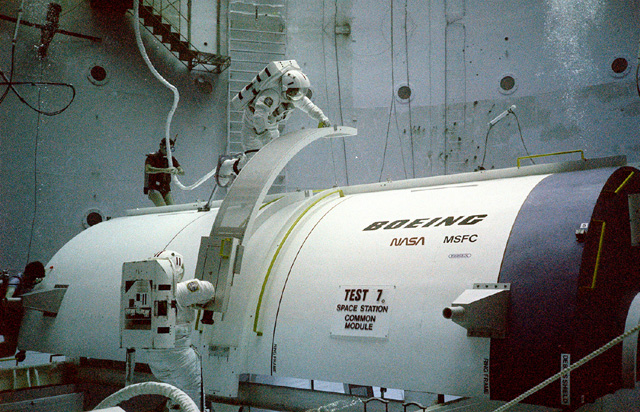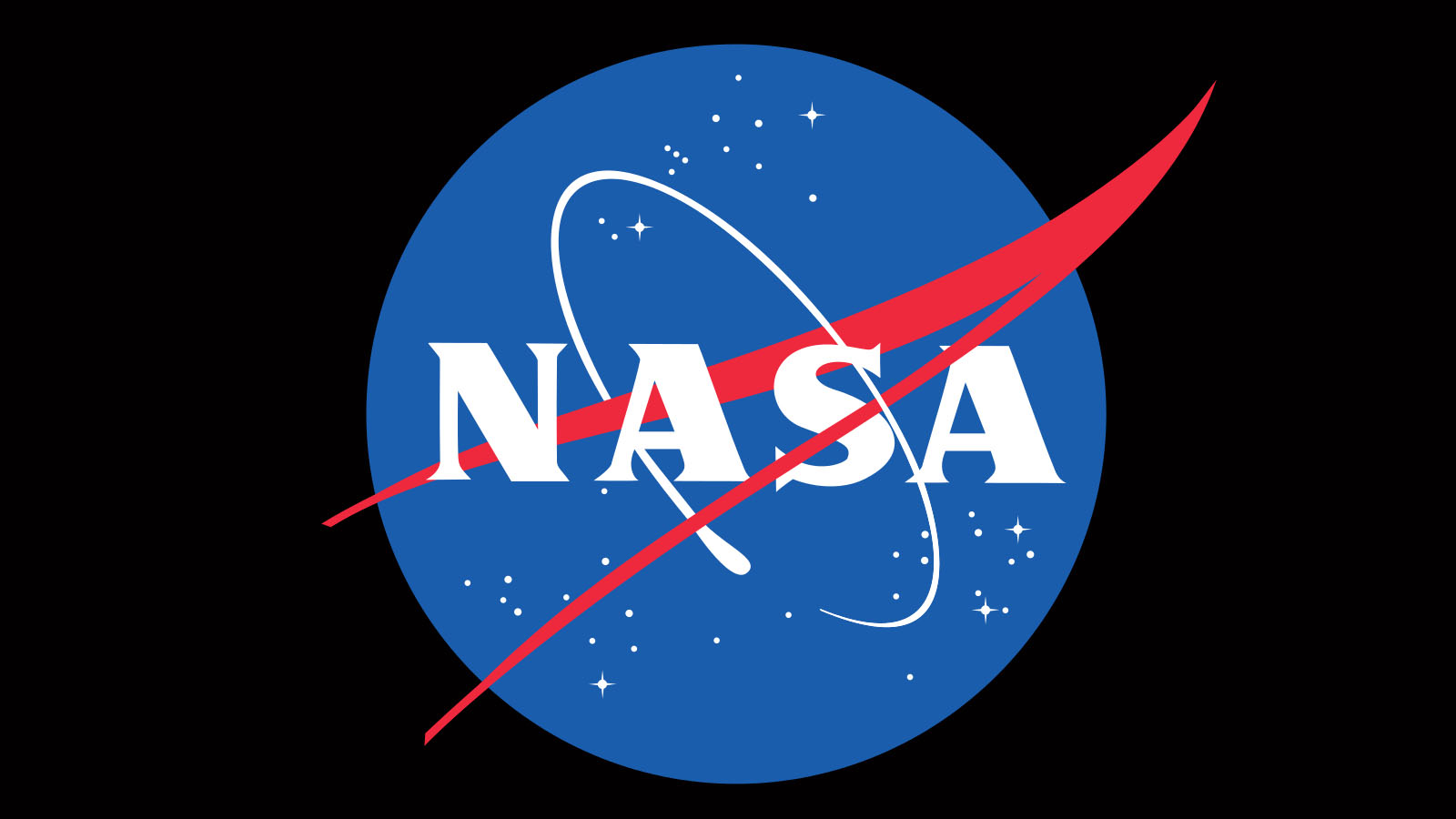Space History Photo: Space Station Mock-up in Neutral Buoyancy Simulator

In this historical photo from the U.S. space agency, two astronauts practice construction techniques to build the Space Station in the Neutral Buoyancy Simulator (NBS) at Marshall Space Center (MSFC) in December 1985, early in the Space Station program.
NASA began operating the NBS at MSFC in 1968. The NBS provided an excellent weightlessness environment to astronauts and engineers for testing hardware designed to operate in space while also affording the opportunity to evaluate techniques that were used in space to assemble structures such as Skylab, Hubble Space Telescope and the International Space Station.
The NBS tank is 75 feet in diameter, 40 feet deep, and contains 1.3 million gallons of water, and can accommodates structures as large as the 43-foot Hubble Space Telescope mockup. Engineers direct NBS activities from a state-of-the-art control room located on the first floor adjacent to the tank.
Each weekday, SPACE.com looks back at the history of spaceflight through photos (archive).
Breaking space news, the latest updates on rocket launches, skywatching events and more!

The National Aeronautics and Space Administration (NASA) is the U.S. government agency in charge of the civilian space program as well as aeronautics and aerospace research. Founded in 1958, NASA is a civilian space agency aimed at exploring the universe with space telescopes, satellites, robotic spacecraft, astronauts and more. The space agency has 10 major centers based across the U.S. and launches robotic and crewed missions from the Kennedy Space Center in Cape Canaveral Florida. Its astronaut corps is based at the Johnson Space Center in Houston. To follow NASA's latest mission, follow the space agency on Twitter or any other social channel, visit: nasa.gov.
